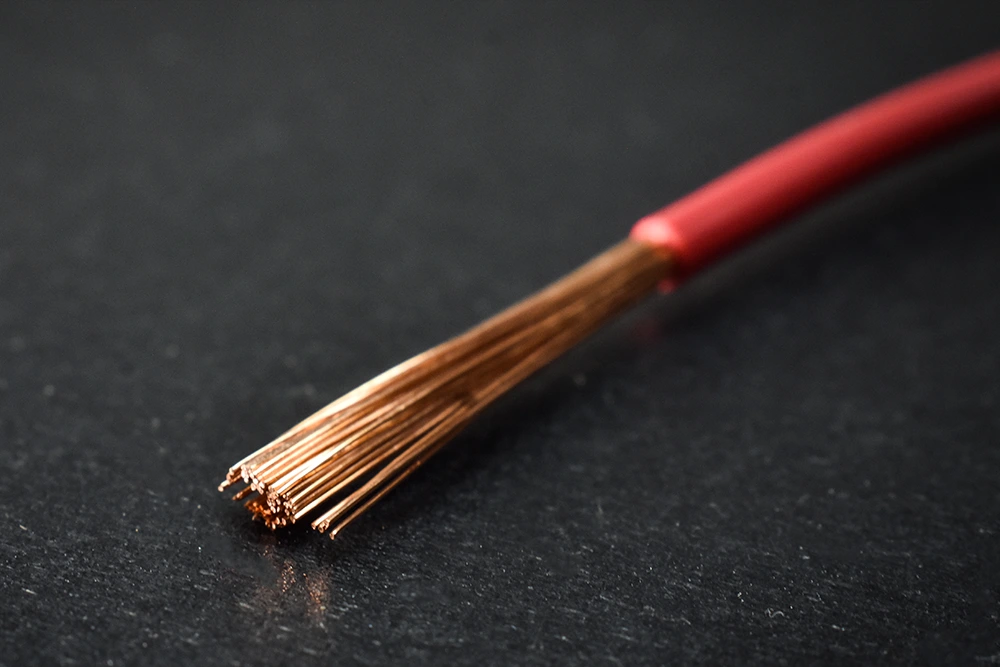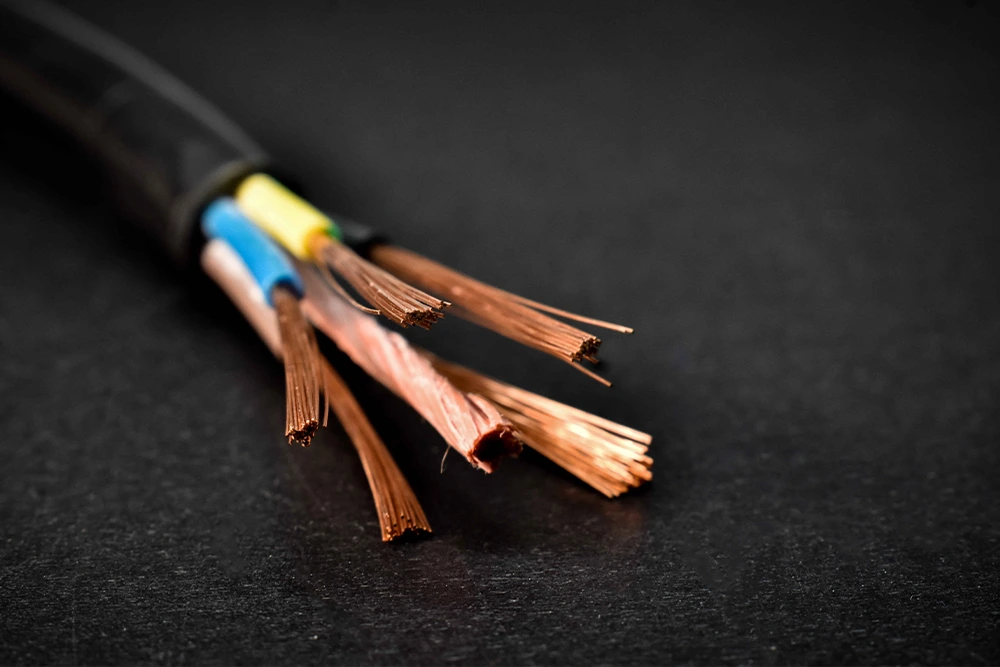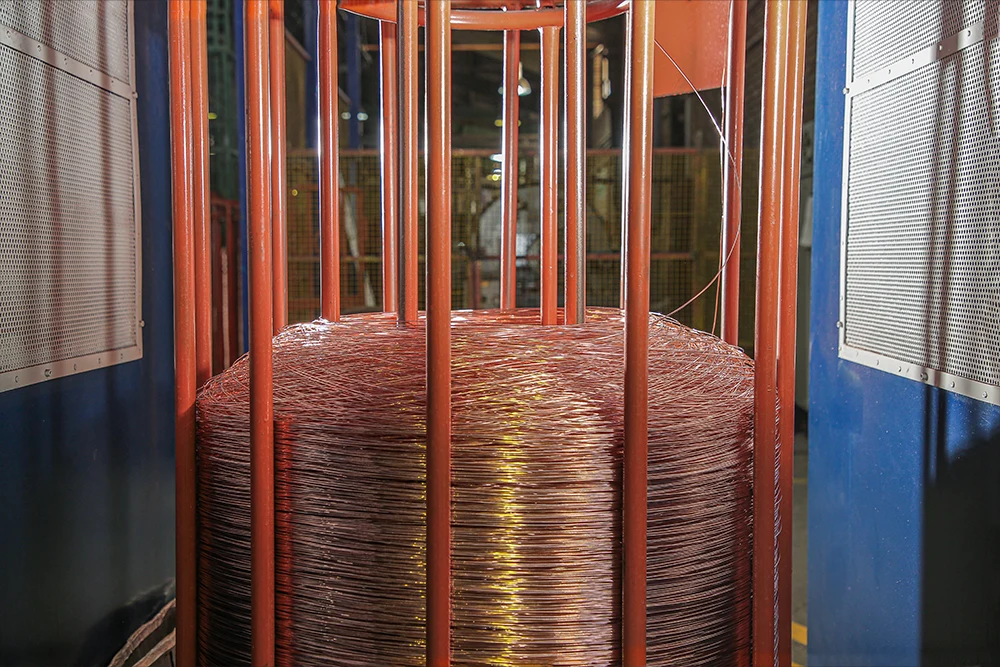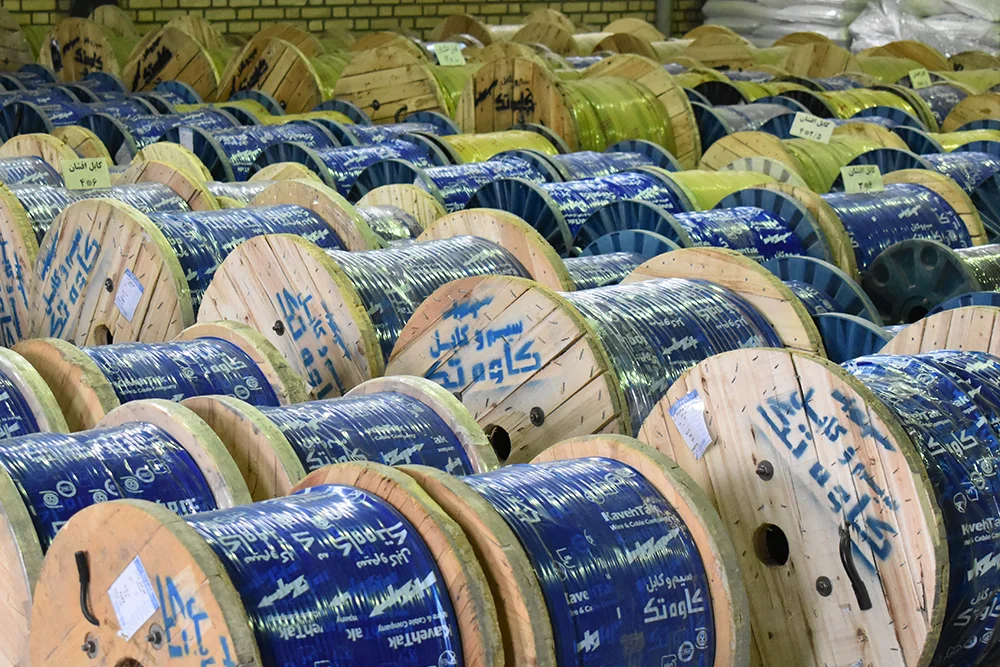Wires and cables are the most important components of any electrical and electronic system. Although these two terms are sometimes used interchangeably, there are important differences between them. In this article, we will examine the differences between wire and cable and introduce you to the types, structure, and uses of each.
Definition of wire and cable
What is wire?
A wire is a simple and single electrical conductor that transfers electric current from one point to another. Wires are usually made of copper or aluminum and may or may not be insulated.
What is a cable?
A cable is a set of several wires twisted together in parallel or spirally and protected by an insulating covering. Cables are used to transmit data and power over longer distances and in more complex applications.
Wire and cable structure

Wire structure
Wires usually consist of a metal core that can have one or more strands. This metal core may be covered with an insulating layer to prevent short circuits.
Cable structure
Cables are made up of several wires that are bundled together and covered with several layers of insulation. These layers can include electrical insulation, mechanical shielding, and other protective coatings.
Types of wires
Conductive wires
These wires are used to carry electric current and are usually made of metals such as copper or aluminum. Conductive wires are divided into two main types: solid wires and stranded wires.
Semiconductor wires
These wires are used for special applications such as semiconductor drives and usually have special electrical properties that make them suitable for special applications.






